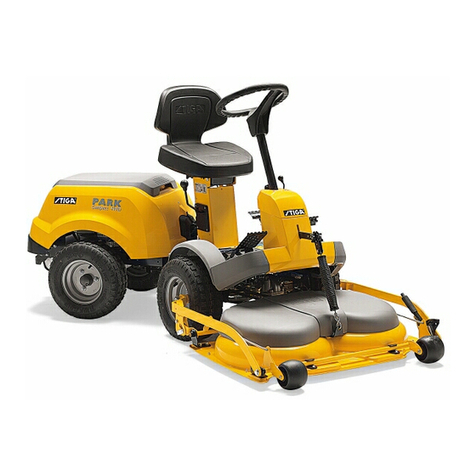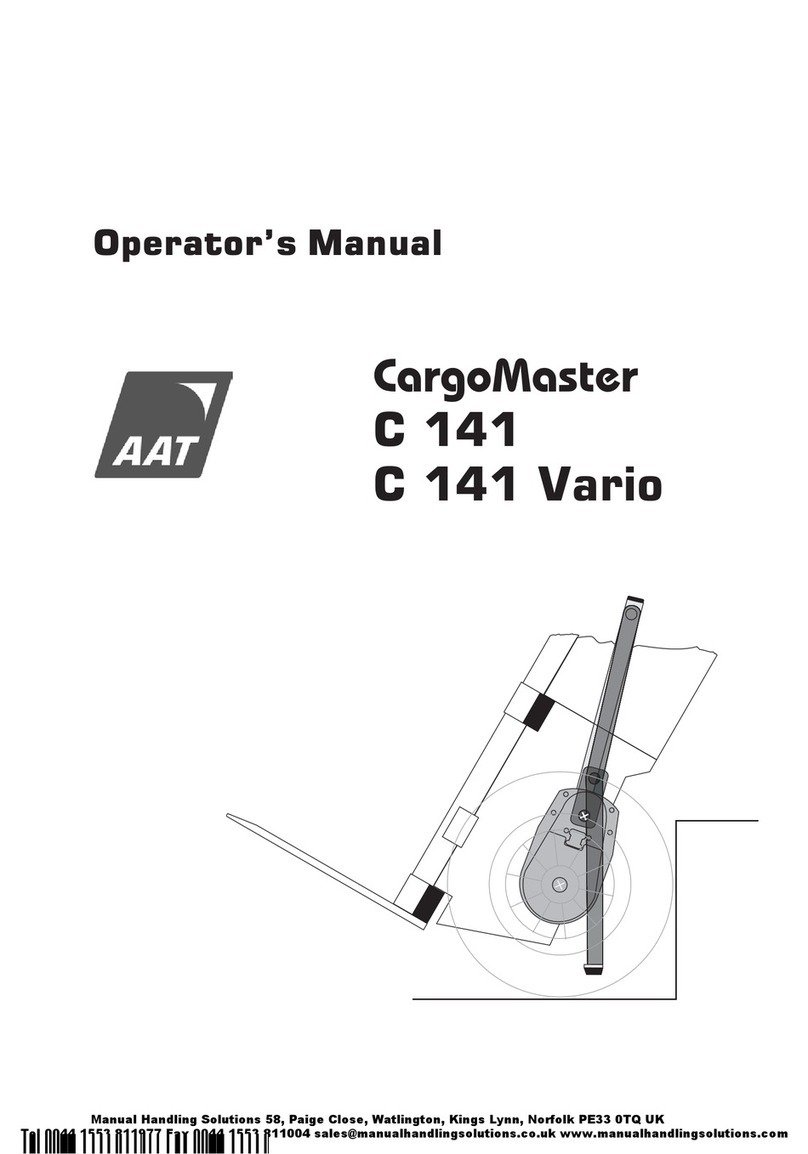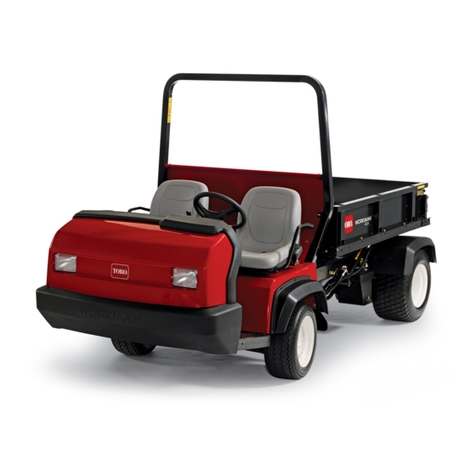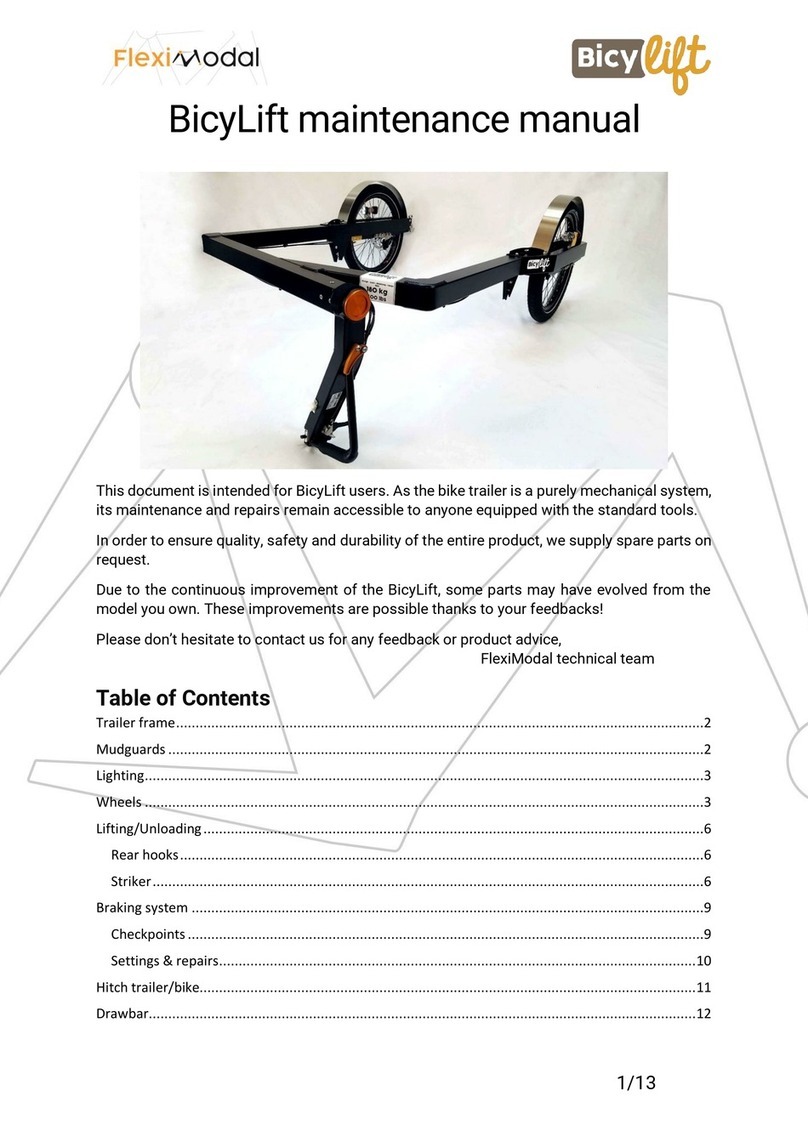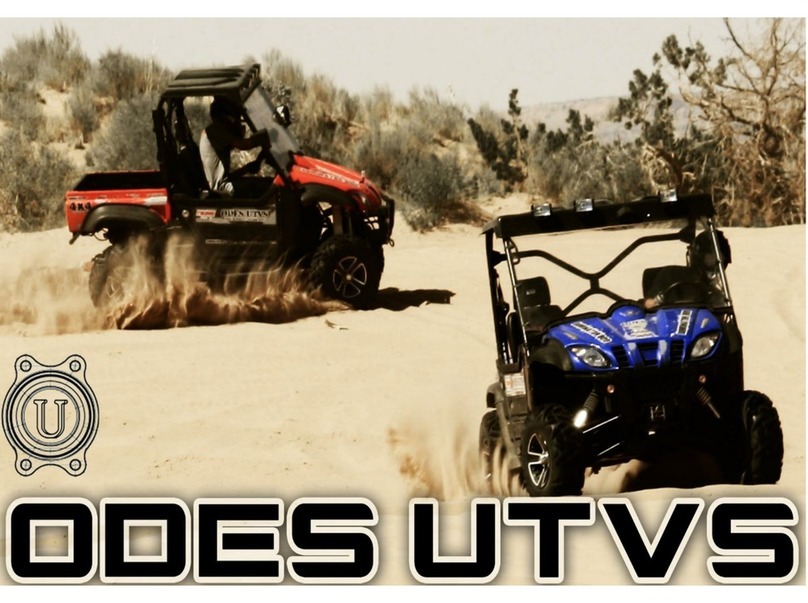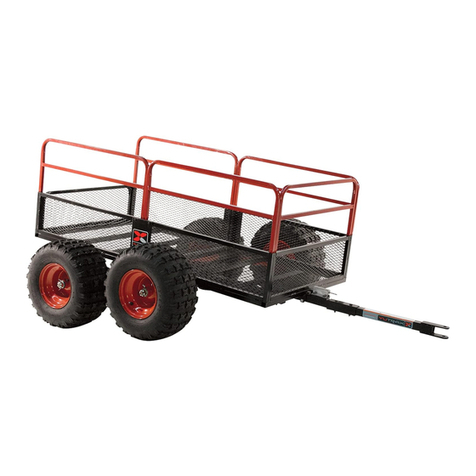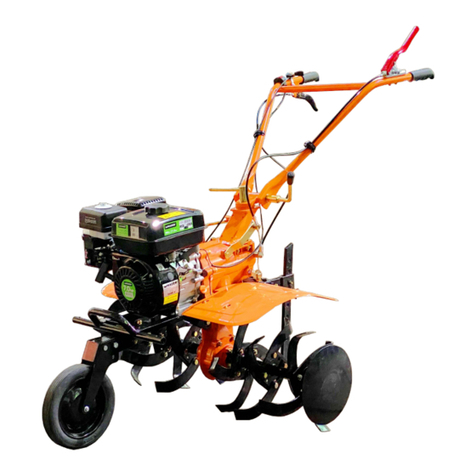CNH CASE IH AFX8010 User manual

Operator’s Manual
87052356
AFX8010
Combine
Axial Flow Monitor Firmware Version 31.2.0.0



CNH Belgium N.V.
Leon Claeysstraat, 3a
8210 Zedelgem
Belgium
Printed in Belgium
CASE IH IS A BRAND OF CNH.
CNH: A WORLD LEADING MANUFACTURER OF TRACTORS, COMBINES AND BALERS.

0-1
TO THE OWNER
This manual contains information concerning the adjustment and maintenance of your Case IH Model AFX 8010
combine. You have purchased a dependable machine, but only by proper care and operation can you expect
to receive the performance and long service built into this combine. Please have all operators read this manual
carefully and keep it available for ready reference.
The AFX combines are designed as self propelled units, powered by an onboard diesel engine. The machines
are intended to be used for agricultural purposes on cultivated land to harvest cereal crops, small seed crops,
corn, soy beans, etc., by cutting or picking up from swath, threshing and separating the grain from the straw
temporarily storing it until it is unloaded into vehicles for transport.
Your Case IH dealer will instruct you in the general operation of your combine. (Refer to the “Delivery Report”
at the back of this manual.) Your dealer’s staff of factory-trained service technicians will be glad to answer any
questions that may arise regarding the operation of your combine.
Your Case IH dealer carries a complete line of genuine Case IH service parts. These parts are manufactured
and carefully inspected to insure high quality and accurate fitting of any necessary replacement parts. Be
prepared to give your dealer the model and product identification number of the engine and combine, when
ordering parts. Locate these numbers now and record them below. Refer to the “General Information” section
of this manual for the location of the model and product identification numbers of your combine.
Model Engine Model
Product Identification Number Engine Product Identification Number
DANGER
Fasten seat belt before starting engine.
CAUTION
This safety alert symbol indicates important safety messages in this manual. When you see this symbol,
carefully read the message that follows and be alert to the possibility of personal injury or death.
CAUTION
Pictures in this manual may show protective shielding open or removed to better illustrate a particular
feature or adjustment.
Be certain, however, to close or replace all shielding before operating the machine.
IMPROVEMENTS
CNH America LLC is continually striving to improve its products. We reserve the right to make improvements or
changes when it becomes practical and possible to do so, without incurring any obligation to make changes or
additions to the equipment sold previously.

0-2
CONTENTS
SAFETY 0-5. . . . . . . . . . . . . . . . . . . . . . . . . . . . . . . . . . . . . . . . . . . . . . . . . . . . . . . . . . . . . . .
GENERAL INFORMATION 1-1. . . . . . . . . . . . . . . . . . . . . . . . . . . . . . . . . . . . . . . . . . . . . .
CONTROLS, INSTRUMENTS AND OPERATION 2-1. . . . . . . . . . . . . . . . . . . . . . . . . .
FIELD OPERATION 3-1. . . . . . . . . . . . . . . . . . . . . . . . . . . . . . . . . . . . . . . . . . . . . . . . . . . .
LUBRICATION AND MAINTENANCE 4-1. . . . . . . . . . . . . . . . . . . . . . . . . . . . . . . . . . . . .
FAULT FINDING 5-1. . . . . . . . . . . . . . . . . . . . . . . . . . . . . . . . . . . . . . . . . . . . . . . . . . . . . . .
VEHICLE STORAGE 6-1. . . . . . . . . . . . . . . . . . . . . . . . . . . . . . . . . . . . . . . . . . . . . . . . . . .
ACCESSORIES 7-1. . . . . . . . . . . . . . . . . . . . . . . . . . . . . . . . . . . . . . . . . . . . . . . . . . . . . . . .
SPECIFICATIONS 8-1. . . . . . . . . . . . . . . . . . . . . . . . . . . . . . . . . . . . . . . . . . . . . . . . . . . . . .
INDEX 8-11. . . . . . . . . . . . . . . . . . . . . . . . . . . . . . . . . . . . . . . . . . . . . . . . . . . . . . . . . . . . . . .
1ST 50 HOUR SERVICE SHEETS 8-13. . . . . . . . . . . . . . . . . . . . . . . . . . . . . . . . . . . . . . .
DELIVERY REPORT 8-17. . . . . . . . . . . . . . . . . . . . . . . . . . . . . . . . . . . . . . . . . . . . . . . . . . .

0-3
PRECAUTIONARY
STATEMENTS
PERSONAL SAFETY
Throughout this manual and on machine decals, you will find precautionary statements (“DANGER”,
“WARNING”, and “CAUTION”) followed by specific instructions. These precautions are intended for the personal
safety of you and those working with you. Please take the time to read them.
DANGER
This word “DANGER” indicates an immediate hazardous situation that, if not avoided, will result in death
or serious injury. The color associated with Danger is RED.
WARNING
This word “WARNING” indicates a potentially hazardous situation that, if not avoided, could result in
death or serious injury. The color associated with Warning is ORANGE.
CAUTION
This word “CAUTION” indicates a potentially hazardous situation that, if not avoided, may result in minor
or moderate injury. It may also be used to alert against unsafe practices. The color associated with
Caution is YELLOW.
FAILURE TO FOLLOW THE “DANGER”, “WARNING”, AND “CAUTION” INSTRUCTIONS MAY RESULT IN
SERIOUS BODILY INJURY OR DEATH.
MACHINE SAFETY
The precautionary statement (“IMPORTANT”) is followed by specific instructions. This statement is intended for
machine safety.
IMPORTANT: The word “IMPORTANT” is used to inform the reader of something he needs to know to prevent
minor machine damage if a certain procedure is not followed.
INFORMATION
NOTE: Instructions used to identify and present supplementary information.

0-4
LEGAL OBLIGATIONS
Your machine may be equipped with special
guarding or other devices in compliance with local
legislation. Some of these require active use by the
operator.
Therefore, check local legislation on the usage of this
machine.
AIRBORNE NOISE EMISSION
In line with the European directive (EEC/86/188) and
national legislation, listed below are the noise levels
at the operator’s ear measured in dBa, according to
the ISO 5131 standard.
The noise is measured with the engine and all
mechanisms engaged and running at normal
operating speed for the specified use of the product
and without crop flow through the machine. For
machines with a cabin, the noise is measured with all
windows and doors closed and also in the open
position.
It should be noted that the noise level may exceed 85
dBa if the machine is operating with doors and/or
windows open.
In this case, the use of ear protection equipment is
recommended. In several countries this is mandato-
ry, so check local legislation.
Machine
model Engine model Noise level (dBa)
Cabin doors and
windows closed
AFX8010 F3A 75.7
ELECTROMAGNETIC COMPATIBILITY (EMC)
This product complies with the EEC directive 89/336
on Electromagnetic Interferences on electronic
equipment if it is used in conjunction with equipment
which bears the CE mark.
Case IH will take no liability for any problem arising
as a result of its product working in an environment
of other equipment which does not comply with the
EEC directive.
Disturbances remain possible if added equipment
does not meet the standards. As these interferences
may result in serious malfunction of the machine
and/or create unsafe situations the following
instructions must be observed:
Each element of non Case IH equipment added to
this Case IH product must bear a CE mark.
The maximum power of emission equipment (radio,
telephones, etc.) must not exceed the limits imposed
by the national authorities of the country of usage of
the machine.
The electromagnetic field generated by the added
system must not exceed 24 V/m at any moment and
at any location in the proximity of electronic
components and the network between them over the
entire machine.
VIBRATION LEVEL INFORMATION
The vibration level for the arms to which the operator
of this machine is exposed under normal operating
conditions is below the 2.5 m/sec@weighted root
mean square (RMS) value. The vibration level for the
whole body is below the 0.5 m/sec@RMS value.
This information and measuring methods are in line
with the European Machinery Directive 89/392 EEC
paragraph 3.6.3.

0-5
SAFETY
SAFETY REQUIREMENTS FOR FLUID
POWER SYSTEMS AND COMPONENTS –
HYDRAULICS (EUROPEAN STANDARD PR
EM 982)
Flexible hose assemblies must not be constructed
from hoses which have been previously used as part
of a hose assembly.
Do not weld hydraulic piping.
When flexible hoses or piping are damaged, replace
them immediately.
It is forbidden to modify a hydraulic accumulator by
machining, welding or any other means.
Before removing hydraulic accumulators for servic-
ing, the liquid pressure in the accumulator must be
reduced to zero.
Pressure check on hydraulic accumulators shall be
carried out by method recommended by the
accumulator manufacturer.
Care must be taken not to exceed the maximum
allowable pressure of the accumulator. After any
check of adjustment there must be no leakage of gas.
SAFETY PRECAUTIONS
Farm accidents can be prevented with your help
No accident prevention program can be successful
without the wholehearted cooperation of the person
who is directly responsible for the operation of the
equipment.
To read accident reports from all over the country is
to be convinced that a large number of accidents can
be prevented only by the operator anticipating the
result before the accident is caused and doing
something about it.
It is said that “The best kind of safety device is a
careful operator who with care and mature
consideration can save more lives and limbs than any
accident prevention program which is not adhered to”.
Further in this chapter you will find a list of the most
important safety precautions.
Take time to read and follow the instructions and
furthermore, be careful!
Some pictures in this manual may show the safety
guarding open or removed to better illustrate a
particular feature or adjustment.
Ensure to close or replace all guards before
operating the machine.
General and Operating Safety
Most farm machinery accidents can be avoided by
the observance of a few simple safety precautions.
1. The machine must only be used by a skilled oper-
ator familiar with all the controls and harvesting
techniques on cultivated land with slopes up to
maximum 26% (15_) uphill and downhill.
In the listed below you can find the “MAXIMUM
%” sideways driving that is permitted [provided
good even ground and sufficient tyre adherence
conditions exist] .
Drive Tire Overall Width Side Slope
650/75R32 3.5m 35% (19°)
650/75R32 3.75m 40% (22°)
710/70R38 3.5m 35% (19°)
710/70R38 3.75m 40% (22°)
800/65R32 3.75m 40% (22°)
800/65R32 4.0m 40% (22°)
900/60R32 4.1m 40% (22°)
1050/50R32 4.3m 40% (22°)
2. Do not permit anyone other than the operator to
ride on the combine.
3. Before starting the engine, ensure everyone is
clear of the combine.
Warn bystanders by sounding the horn several
times.
4. Keep children away from and off the combine at
all times.
5. No-one should be standing on the ladders when
the machine is moving.
6. When driving on public roads, observe traffic
regulations, adapt your speed to road and traffic
conditions and ensure that all lights and other
safety mechanisms on the machine (if they are
required) are fitted and work properly.
The grain tank must be empty when driving on
the road. Ensure that the unloading tube is
locked in its closed position.
7. Ensure that both brake pedals are locked
together when travelling on public roads.

0-6
8. Ensure the hazard warning signs provided are
installed at the front and the rear of the combine
and use the rotating amber traffic warning
beacon(s) (if equipped) when driving on public
roads to indicate the vehicle is of abnormal size
and is slow-moving.
9. Do not brake abruptly to avoid tipping of the
machine.
10. Do not exceed 20 km/h (12.5 mph) when driving
downhill. If necessary, change into a lower gear
before starting the descent.
11. Never travel at high speed in crowded areas.
12. Avoid making turns at high speed.
13. When driving on public roads, either with the
grain header loaded on a trailer and attached to
the rear of the combine, or with the grain header
still attached to the combine (provided local
legislation allows), always be aware and
conscious of its size.
14. Before operating the combine ensure that all
safety guards are installed.
15. Check the wheel nuts torque as described in
Section 4 –LUBRICATION AND MAINTENANCE.
16. Do not enter the grain tank while the combine
engine is running. With engine stopped, use a
wooden clearing club should the grain tank
unloading auger become bridged. Take utmost
care not to be pulled into the grain tank in case
unbridging is required.
17. Do not attempt to clean, lubricate or carry out any
adjustments on the combine while it is in motion
or while the engine is running.
18. For safety’s sake never leave the operator’s
platform without first disengaging the combine
drive mechanism, lowering the header, stopping
the engine, applying the park brake and
removing the ignition key.
19. Do not work under the combine header unless it
is securely blocked and/or the header safety
latch is engaged.
20. Do not work around the combine in loose clothing
that might catch in any of the moving parts.
21. Keep hands away from moving parts of the
combine.
22. Keep the fire extinguisher within easy reach of
the operator. Ensure to replace it by a similar type
of extinguisher or have it checked or refilled after
every usage and/or date of expiry.
23. Do not step on the grain tank extensions, covers,
or the cab roof.
24. Combine dust can cause “farmer’s lung” disease.
It may also contain nocive spraying residues.
Keep the cab door and window closed during
operation. Wear a dust mask when cleaning the
air filters or accumulated dust in the combine.
25. Danger of death by electrocution!
Pay special attention to the overhead power
lines. Make sure the machine has sufficient
clearance to pass in all directions (also with
raised or opened machine components). Also
think of the radio aerial(s) or any other factory–
fitted accessory or parts which may have been
added afterwards.
Should a contact between the machine and an
electric power line occur, then the following
precautions must be taken: Stop the machine
movement immediately, stop the engine and
apply the handbrake.
Check if you can safely leave the cab or your
actual position without direct contact with electric
wires. If not, stay in your position and call for help.
If you can leave your position without touching
the lines, jump off the last step or support position
to ensure that there is no contact between any
part of your body and the ground at any time. Do
not touch the machine afterwards until power to
the lines has been shut off. When people
approach the machine, warn them not to touch
the machine but to ask the electric power supply
company to shut off the power to the lines.
Engine safety
1. Keep the engine area clean of dust, chaff and
straw to prevent the possibility of fires.
2. Never idle the engine in an enclosed area as
harmful exhaust gases may build up.
3. Wear a suitable hearing protective device, such
as ear muffs or ear plugs, if you are exposed to
noise which you feel is uncomfortable.
4. The cooling system operates under pressure which
is controlled by the radiator cap. It is dangerous to
remove the cap while the engine is hot.
•Switch off the engine and wait until it has
cooled. Even then use extreme care when
removing the cap. Cover the cap with a rag
and turn it slowly to the first stop to allow the
pressure to escape before removing the cap
completely. Stand clear of the radiator
opening as hot coolant may splash out.
•Never add cold water to a hot radiator.
Failure to follow these instructions may result in
serious personal injury from hot coolant or steam
blowout and/or damage to the cooling system or
engine.

0-7
5. Antifreeze contains monoethylene glycol and
other chemicals which are toxic if taken internally
and can be absorbed in toxic amounts through
repeated or prolonged skin contact. Follow these
precautions when working with antifreeze:
•Do not take antifreeze internally. If antifreeze
is swallowed accidentally, obtain medical
attention immediately.
•Keep antifreeze in sealed containers out of
reach of children, livestock or pets.
6. The fuel oil in the injection system is under high
pressure and can penetrate the skin. Unqualified
persons should not remove or attempt to adjust
a fuel injection pump, injector, nozzle or any other
part of the fuel injection system. Failure to follow
these instructions may result in serious injury.
If fuel is injected through the skin, medical
assistance should be obtained.
7. Be very careful to avoid contact with hot engine
oil. If the engine oil is extremely hot, allow the oil
to cool to a moderately warm temperature for
safe removal.
8. Do not handle a hot oil filter with bare hands.
9. Continuous and prolonged contact with used
engine oil may cause skin cancer. Protect your
skin by wearing heavy plastic gloves. If oil gets
onto the skin, wash promptly with soap and
water.
Diesel fuel safety
1. Under no circumstances should gasoline,
alcohol or blended fuels be added to diesel fuel.
These combinations can create an increased fire
or explosive hazard. In a closed container, such
as a fuel tank, such blends are more explosive
than pure gasoline. Do not use these blends.
2. Never remove the fuel tank cap or refuel with the
engine running or hot.
Refuel the combine fuel tank only when the
engine has been turned off.
Do not smoke or use a naked flame when
refuelling or when standing near fuel tanks.
3. Maintain control of the fuel filler pipe nozzle when
filling the tank.
4. Do not fill the fuel tank to capacity. Allow room for
expansion.
5. Wipe up spilled fuel immediately.
6. Always tighten the fuel tank cap securely.
7. If the original fuel tank cap is lost, replace it with
an approved cap. A nonapproved, proprietary
cap may not be safe.
8. Keep equipment clean and properly maintained.
9. Do not drive equipment near open fires.
10. Never use fuel for cleaning purposes.
Battery warning CAUTION
The battery contains a sulphuric acid electrolyte
which may cause severe burns and produce
explosive gases. Avoid contact with the skin,
eyes or clothing. Do not take internally.
The essential precautions listed below must be
observed:
•Do not use an open flame to check the electrolyte
level. Keep sparks, flames and lighted tobacco
away.
•Do not produce sparks with cable clamps when
charging the battery or starting the engine with a
slave battery.
•Wear eye protection when working near
batteries.
•Provide ventilation when charging or using in an
enclosed space.
•Ensure the vent plugs are correctly installed and
tight.
If the electrolyte comes into contact with the skin,
eyes or is taken internally, treat as follows:
Skin: Flush with cold water.
Eyes: Flush with cold water for 10 minutes
and get prompt medical attention.
Internal: Call a doctor immediately.
WHEELS AND TIRES
The life and performance of the tires depends largely
upon maintaining the correct pressure. Keep the tires
inflated to the pressures given in Section 8 –
SPECIFICATIONS.
Check the wheel nuts torque daily during the first
week of operation and thereafter on a weekly basis.
The wheel nuts torques are given in Section 8 –
SPECIFICATIONS.
Whenever preparing to jack-up the combine, park on
a level, firm surface and securely block the drive tire
opposite the side to be lifted, both in front and rear.

0-8
SAFETY DECALS
The following safety decals have been placed on
your machine in the areas indicated. They are
intended for your personal safety and for those
working with you.
Please take this manual and walk around your
machine, noting the location of the decals and their
significance.
50031301
8
25
27
1
20
2 3 25
517
9
12
614
1
13
50031300
11
23
5
14
17 27
14
4
10
6
2
Review these decals and the operating instructions
detailed in this Manual with the machine operators.

0-9
Keep the decals clean and legible. If they become
damaged or illegible, obtain replacements from your
Case IH dealer. 7
50031299
21
18
19
25
1616
19
3
50031303
50031302
62
26
14
21
22
22
25
26
17
18
8
15
21 426
4

0-10
Decal 1
84004731
Carefully read the Operator’s Manual before
operating the machine. Observe instructions and
safety rules when operating.
Decal 2
84008732
Do not ride on platform or ladder.
Decal 3
84008733
Disengage all drives, stop the engine and wait until
moving parts have stopped before cleaning or
servicing the machine.
Decal 4
84008734
Do not open or remove safety shields while engine is
running.

0-11
Decal 5
84008735
Secure lift cylinder locking device before getting in
dangerous area.
Decal 6
84008736
Never reach into rotating auger.
Decal 7
84004740
Never reach or climb into grain tank while engine is
running.
Decal 8
84004742
Stay clear of hot surface.

0-12
Decal 9
86640426
Boost only to rear battery.
Decal 10
84012893
Shut off engine and remove ignition key before
performing maintenance or repair work.
Decal 11
84012892
Sound the horn 3 times before starting the engine.
Decal 12
84005363
Hydraulic accumulators contain gas and oil under
pressure. For removal and repair, contact your local
Case IH dealer.

0-13
Decal 13
84439462
To prevent runaway of the combine (i.e. when the
ground speed increases during downhill driving and
it is impossible to reduce speed with the ground
speed control lever), it is necessary to shift into a
lower gear appropriate to the steepness of the hill
before starting the descent.
Decal 14
84011345
Do not open or remove safety guard while engine is
running.
Decal 15
84012596
R 134a cooling gas. For removal and repair contact
your local Case IH dealer.
Decal 16
84078384
Jack up point.

0-14
Decal 17
84004739
DANGER:
Stay clear while engine is running.
Decal 18
449973
Lifting eye / pulling eye.
Decal 19
84100296
Tie-down eye.
Decal 20
84432906
Only operate when approved fire extinguisher is
installed.

0-15
Decal 21
84432904
Don’t place foot.
Decal 22
87802167
Ether warning.
Decal 23
84432862
Overhead power lines + height indication.

0-16
Decal 24
84432981
Hot coolant.
Decal 25
84014117
Wait until all machine components have stopped
completely before touching them.
Decal 26
84439510
84439510
Jack up point.
Decal 27
87413244
Avoid pinch point areas. Keep clear of moving parts.
Failure to comply will result in death or serious injury.
Table of contents
Popular Utility Vehicle manuals by other brands
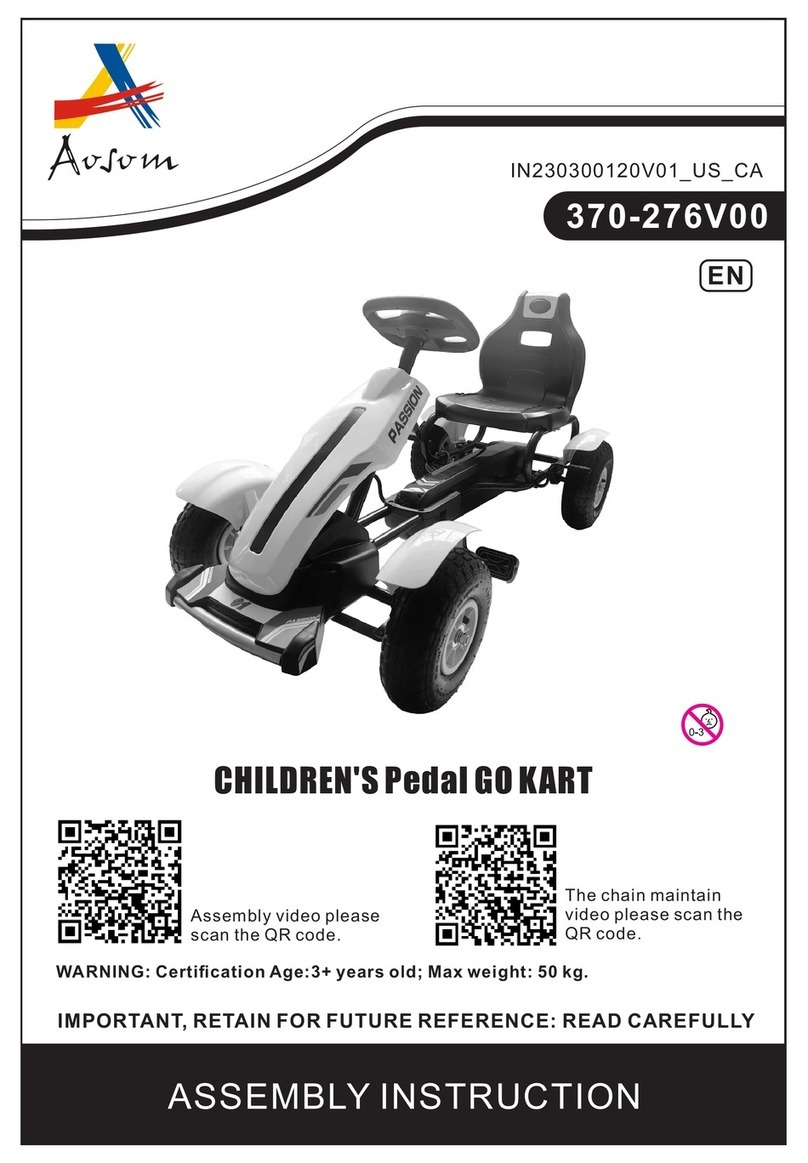
Aosom
Aosom 370-276V00 Assembly instruction

Etnyre
Etnyre Black-Topper SHOOTER Series manual

Kubota
Kubota RTV 900 Installation & operation manual

Baja motorsports
Baja motorsports SD65 Sand Dog Setup instructions
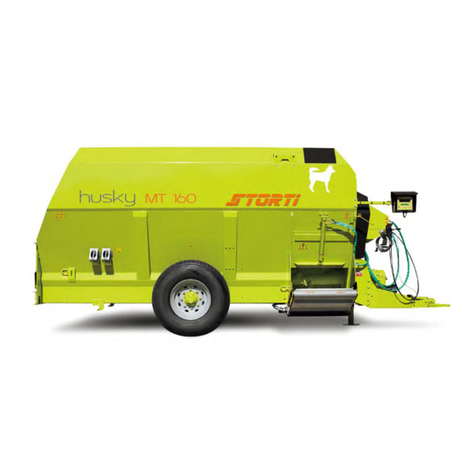
Storti
Storti husky MT 160 Operation and maintenance

TOMCAR
TOMCAR Utility Vehicle Service manual
